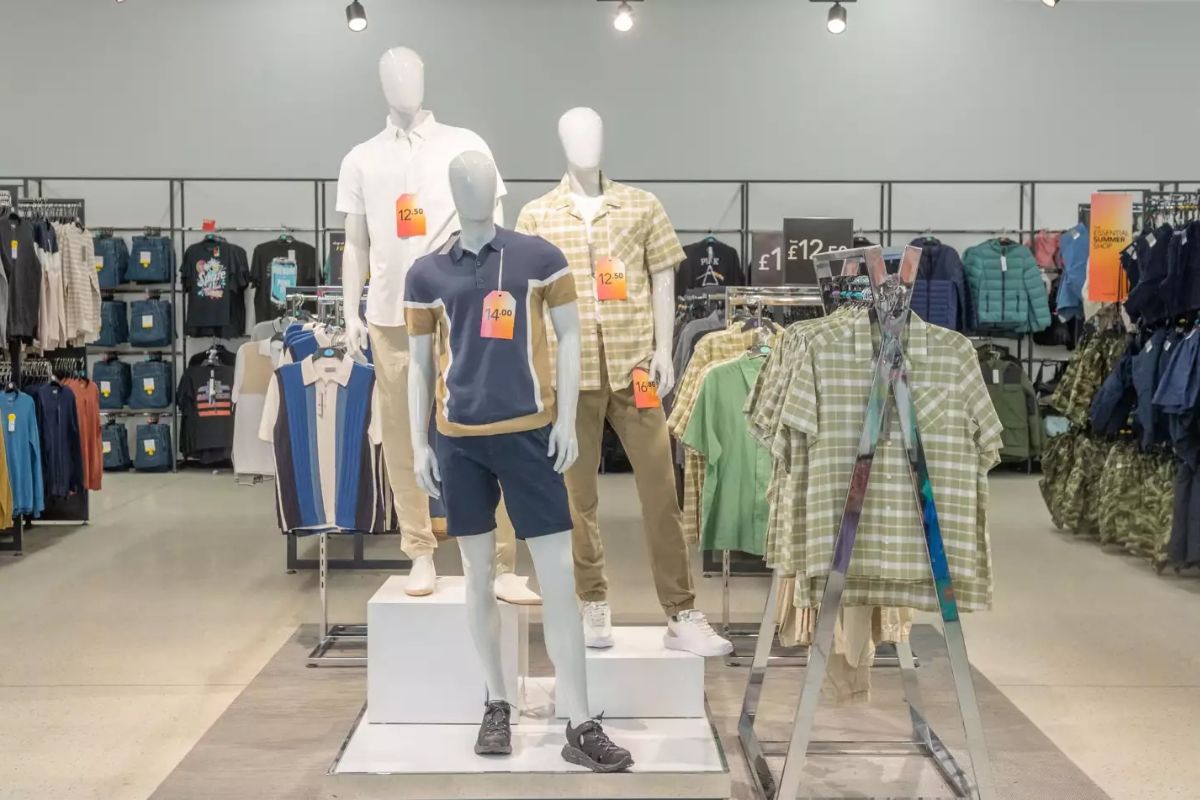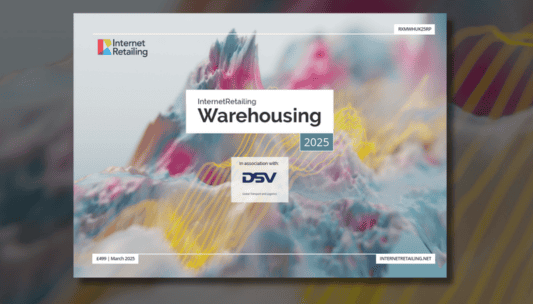We have had Pestilence, now we have War – that’s two of the four Horsemen of the Apocalypse already making life difficult for retailers. Figures from both the Office for National Statistics (ONS) and the British Retail Consortium (BRC) out this week point to consumers feeling the pinch of energy prices (a fifth Horseman?), the Russian invasion of Ukraine and the on-going impact of Covid and it is hitting high street footfall and online spending.
February’s retail sales figures from the ONS saw an unexpected fall of 0.3% in the amount of goods sold during February. Even the value of goods bought online fell by 0.7% against the previous month.
Meanwhile, the BRC reports that shop price annual inflation accelerated to 2.1% in March, up from 1.8% in February. This is above the 12- and 6-month average price increases of 0.1% and 1.1%, respectively. This marks the highest rate of inflation since September 2011.
However, there are reasons for hope. While the government’s Spring Statement may do little to elevate the situation, Mother’s Day saw a surge in online spending – proving that consumers are still shopping online – and many SME retailers are planning growth in the coming year and are looking overseas to make that happen.
A study out this week suggests that UK SMEs enjoyed an average of 27% ecommerce growth during 2021, with smaller firms experiencing 12% growth and larger firms 34%. 70% of UK SMEs expect that level of growth to continue in the next one to three years.
However, 30% believe that their ecommerce activities will grow faster than in 2021 – 39% faster, on average. Not a single SME, from a sample of 500, felt that its growth in the next three years would be lower than it was in 2021, suggesting high levels of ambition and confidence.
Interestingly, it goes on to find that to drive this growth, UK SMEs are looking beyond their domestic markets. 88% say that growing revenue from customers outside of the UK is a very important (43%) or important (45%) key strategic priority. Today, only 37% of UK SMEs sell outside of England, Scotland, Wales and Northern Ireland. 17% continue to derive revenues from EU customers, despite Brexit.
Large retailers also offer smaller brands and sellers a ray of hope too. The rise in retailer-run marketplaces potentially offers smaller firms a new way to reach a larger audience. Just this week, Superdrug has announced that it will be launching a marketplace – and is actively recruiting brands and goods.
Amazon, too, may well also become a necessary part of retailer growth, with 61% of shoppers now heading to marketplaces to shop, driven by the need to find lower prices. Amazon is likely to get the lion’s share of this traffic – something that will continue while those Horsemen stalk the market.










